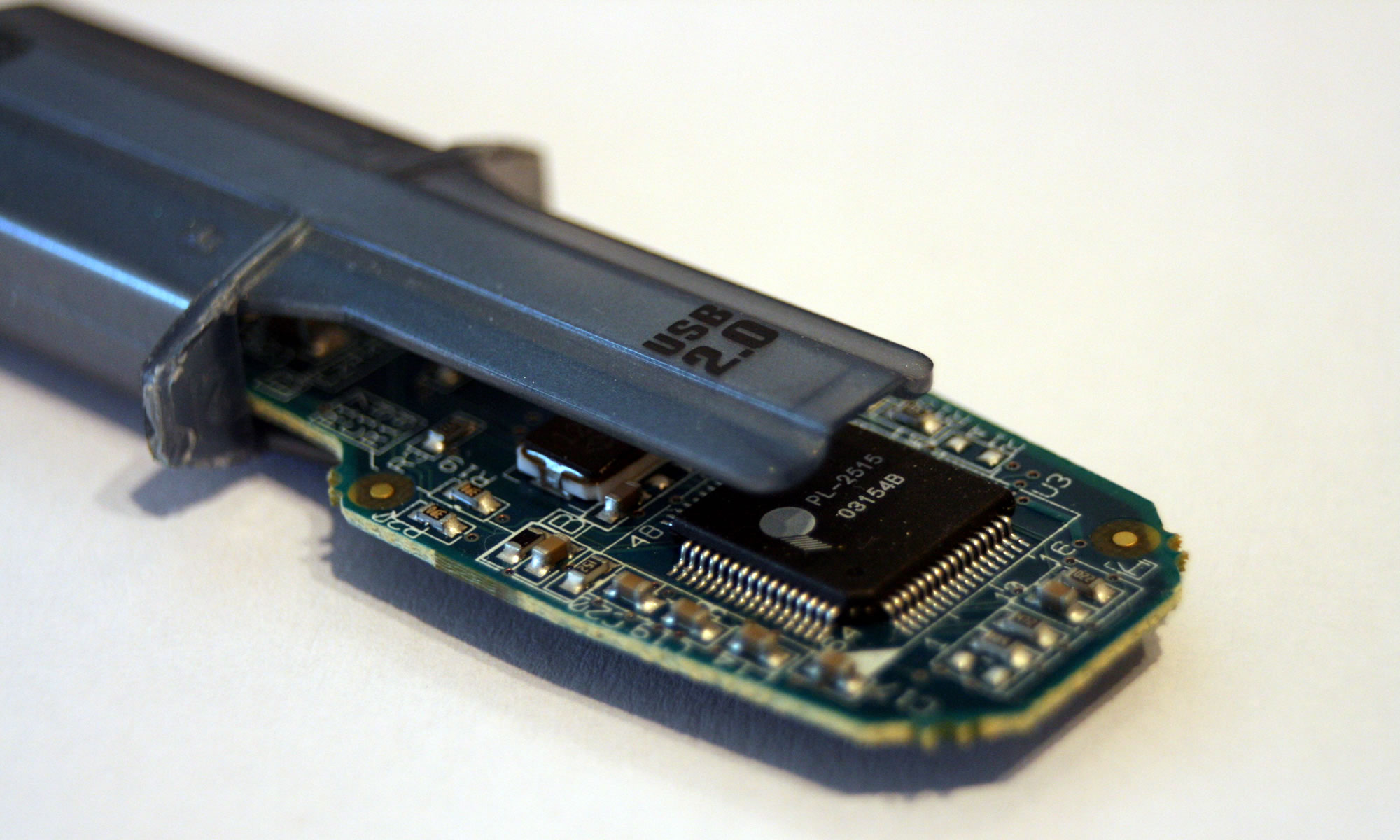Along with the new iPad, Apple also released iPhoto for iOS. This new app completes the iLife collection for iOS alongside (revised versions of) iMovie and Garageband.
So what about the new iPhoto?
Well my first impression (and I have in the main used the iPad version of iPhoto) was that this is one lovely looking application and a very powerful app for editing your photographs. Alongside the other two iLife apps, a better camera, this means that the iPad is no longer just a content consumption device, but has the real capability to create stuff too. The (new) iPad has a 5MP camera that has similar capability to the iPhone 4. As someone who uses the iPhone 4 a fair bit for taking photographs, I really do like how that iPhone finally came of age as a cameraphone. The 3GS wasn’t awful, but the 4 is certainly a much better camera. I am still unsure how it will be taking photographs with the iPad, it still doesn’t feel “right” but I am guessing the more you use it the more familiar it becomes. I certainly have seen many people taking photographs with the iPad 2 in the real world.
In the iPhoto app, browsing capability is very smooth and there are lots of ways to get to the photograph you want to edit or share. You can browse all your photographs and via albums. Linking with iPhoto on your Mac you can synchronize events from your Mac. If you import photographs into the iPad using the iPad Camera Connection Kit then “events” will be created, similar to events on iPhoto for iOS X. Once you have created Journals you can also go through that route. You can also beam photographs from one iOS device to another.
Once you have selected an image, you can still scroll through your photo collection. This is useful if you are trying to find an image that you have taken, and you are unsure if the image you have selected is the right one, if it is, at least after scrolling through, you don’t need to refind it again. You can also select flagged photographs and those that you have already edited. I like the fact you can select more than one image to compare, so you can choose a favourite. You can also double-tap an image and iPhoto automatically selects similar photos in your library. This makes it much easier to find a specific photograph that you want to edit.
Editing images makes the most of the iPad interface, however I felt it was a overly complicated and much prefer the editing in Snapseed. I think it’s something I need to spend more time on and get some practice in. It just didn’t feel intuitive, I will probably need to go through the help and try an online tutorial or three. I did like how Adobe Photoshop Touch included a series of how to guides. I think the issue I have is that clicking the editing tools didn’t get the results I thought I would. It therefore is going to take me some time to understand how the different tools work within the touch interface.
Now I may have just missed something, so more time for trial and error methinks.
There are a range of different filters and effects that you can apply to your photographs. These are not Instagram one click filters you have a lot more flexibility with the filters and can adjust the intensity. Though there are a range of pre-sets that you can use straight out of the “tin”.
Of course not everyone likes filters, I do use them quite often to tell a story that I then share on Twitter or Google+, or more usually though Instagram. Filters can also be used to enhance images when there are lighting issues or you want to emphasise a particular part of an image.
There are also a series of brushes that allow you to make fine adjustments to your images using your finger. This looked very interesting, and the adjustments were very subtle, which is what you want most of the time.
I can see using a stylus here making a big difference, though of course Apple will never make one of those, will they? These brushes are a feature that a lot of photo imaging apps don’t have on the iPad focussing instead in filters. These tools on iPhoto make it much more of an image editing app than a photo app with just a range of filters!
I’ve not really had a chance to “play” with Photo Journals, but it’s something I might try at the next event I am at. With photo beaming, I can easily move photos from the iPhone to the iPad, so it’s a little less awkward, it’s one thing to take lots of photographs with an iPhone at an event, it’s a very different thing to go around holding the iPad up taking photographs.
As with most image editing apps, it is very easy to share your final edited image, as well as back to the camera roll you can post to Flickr, Twitter or Facebook.
This is much more sophisticated than the Photos app that was included as standard on the iPad and iPhone. There are issues with this app, it certainly does not work as smoothly as you think it should. Too often I would get the message “Updating Photo Library” which became annoying.
So how does iPhoto compare to the other photo editing apps? I still like Snapseed for image editing and then there is Adobe’s Photoshop Touch. Having used all three, my favourite is Snapseed.
I’m not going to ignore iPhoto as the integration with photo albums on the iPad make it very useful and I think with an update it may just become my image editor of choice.









One Reply to “iPhoto for iOS, first impressions”